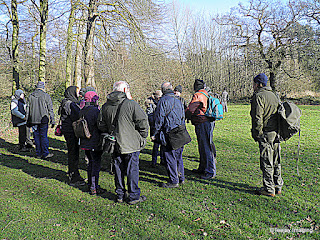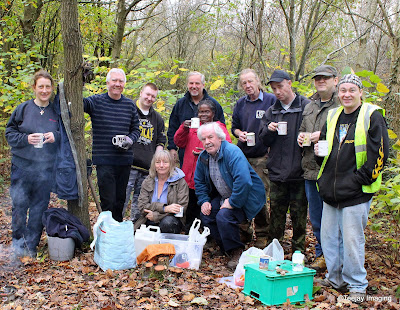Alf Dimmock BCC Parks and Nature Conservation Hall Green and Selly Oak Senior Ranger 12 February 2016 Woodland Wednesdays Highbury Park, January-March 2016 Synopsis 9 meetings between January and March 2016- Invitations - Members of the public, Highbury Park Friends, HOCCIC, Simon Needle (Conservation and Planning), Robert Osborne (Former BCC tree officer), Terry Quinn (Biological recorder), Anne Brookes (B&BCWT). Aims; Consultation, information sharing Themes; woodland comparisons, plantations, woodland features, species identification, species recording, practical coppice management, dead wood habitats, standing dead wood, woodland flowers and other vegetation, when does a plantation become a woodland?, veteran trees, matutre oaks, scrub, measuring and ageing mature oaks, heritage, tools, health and well being, interacting with woodlands, poetry and literature. Meeting 1 . Introductions and walk around Highbury Park, South-east and west. Themes;- l






